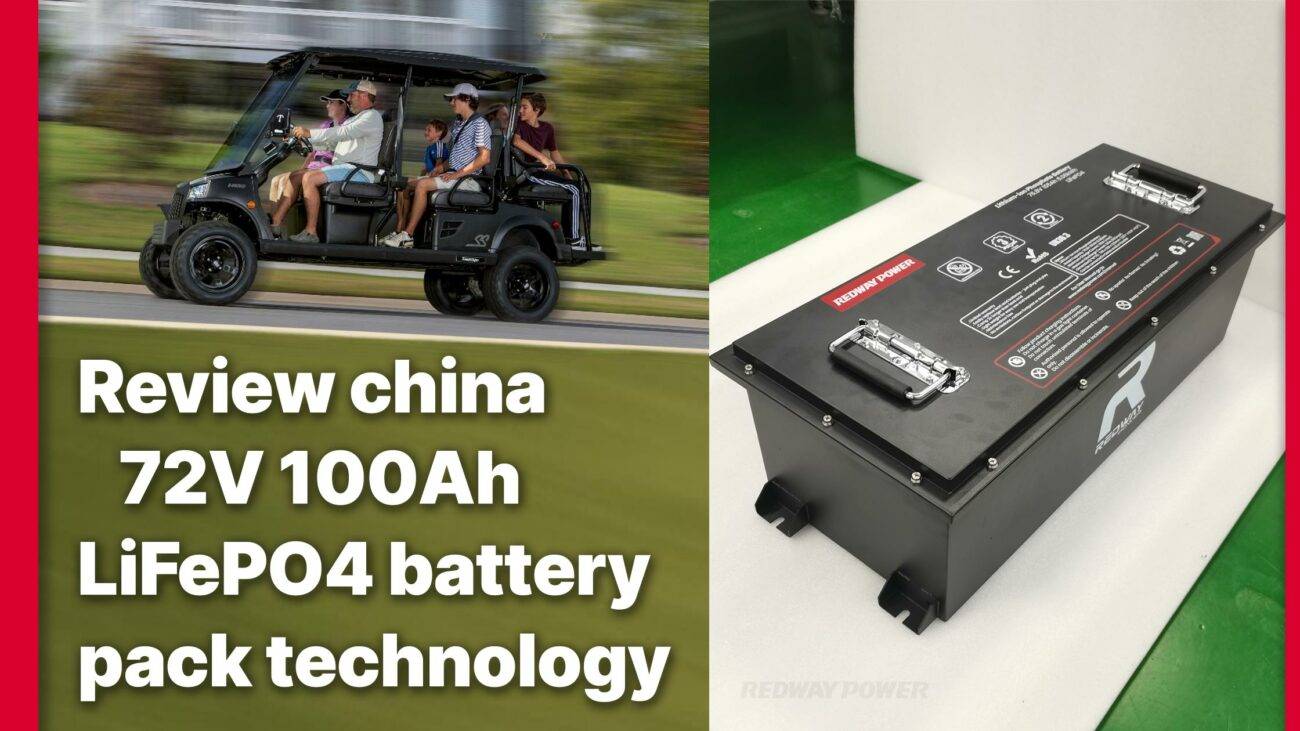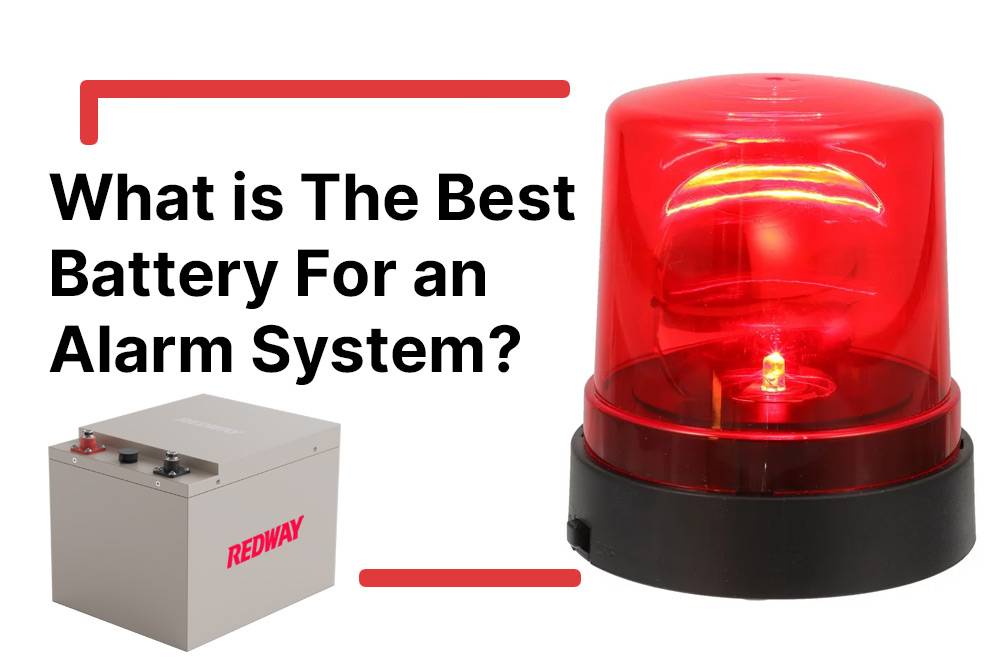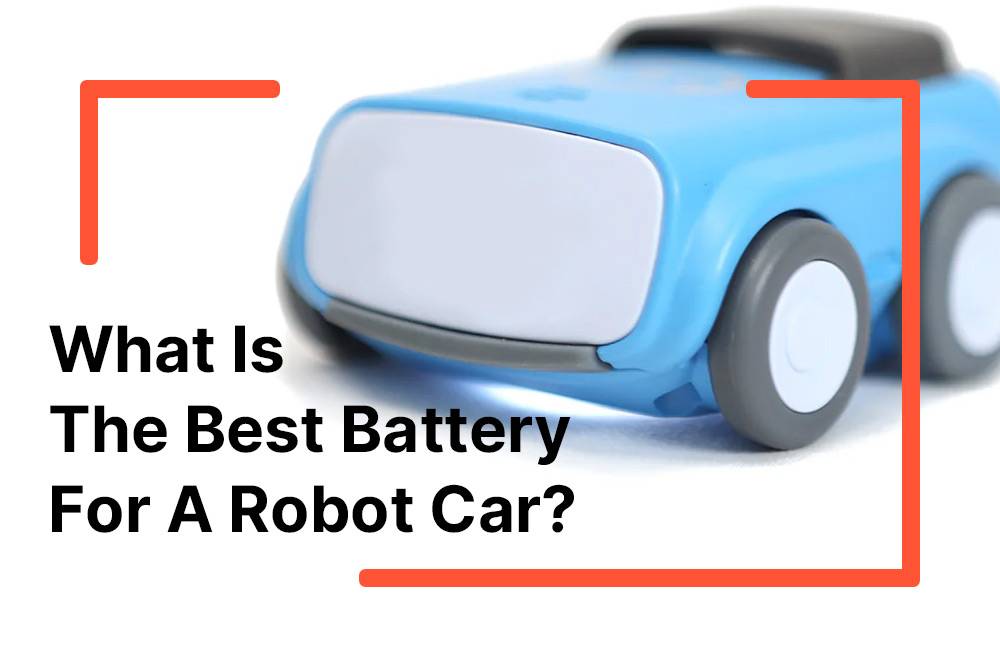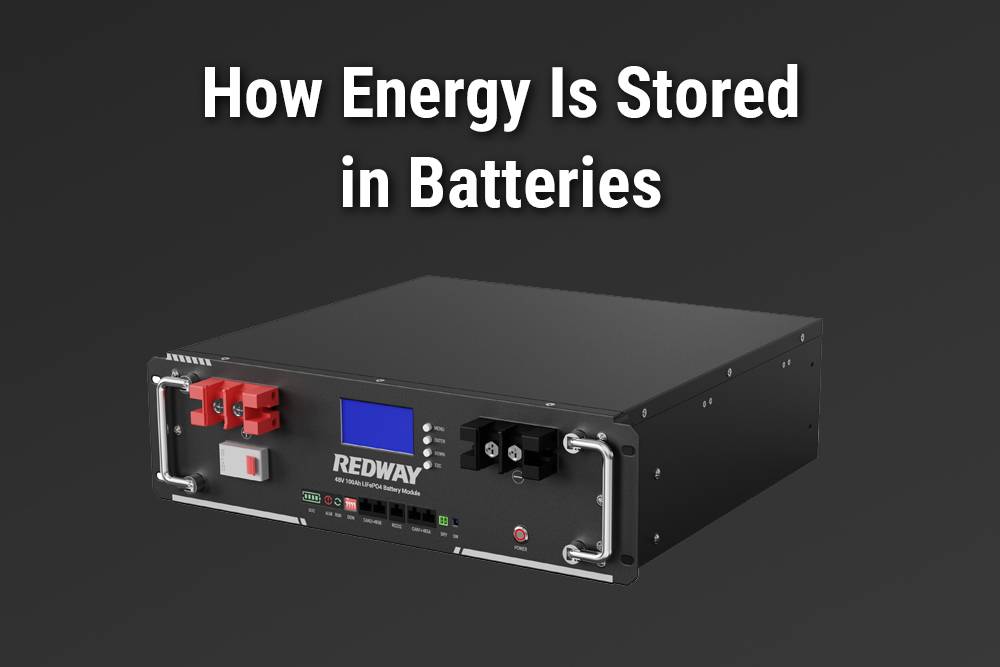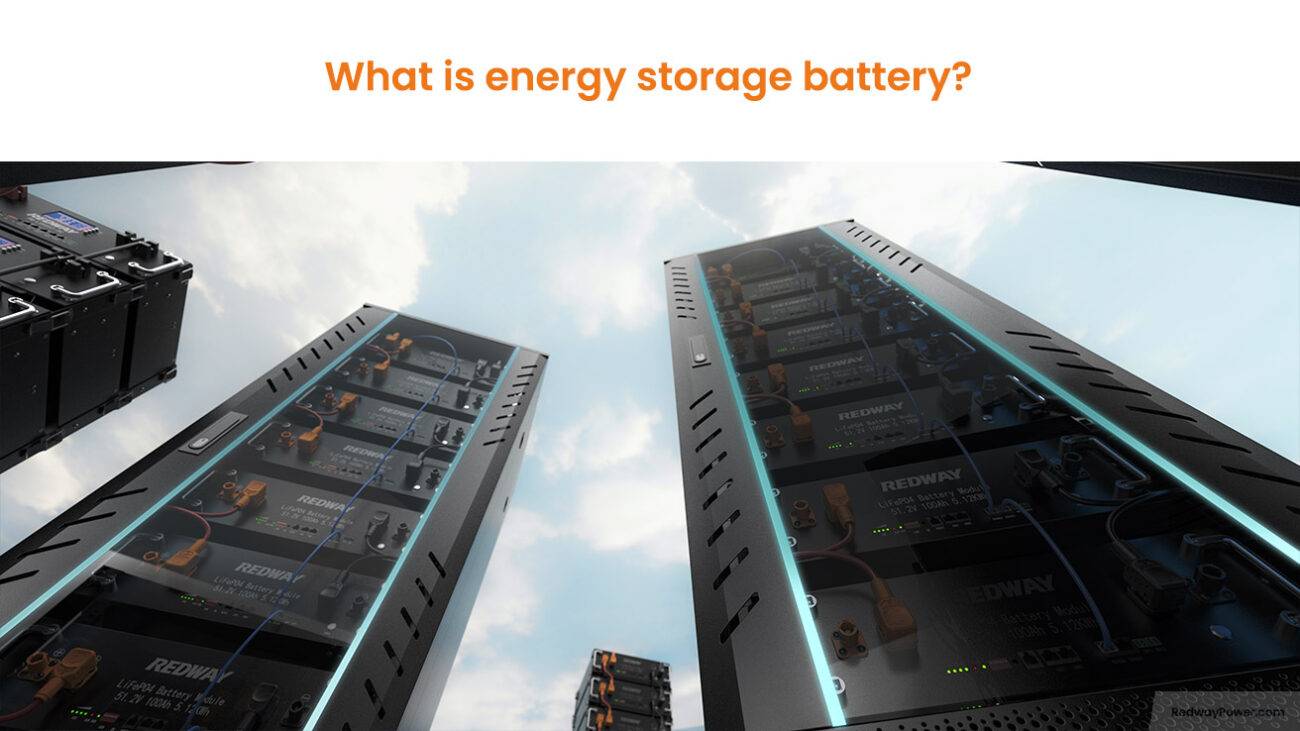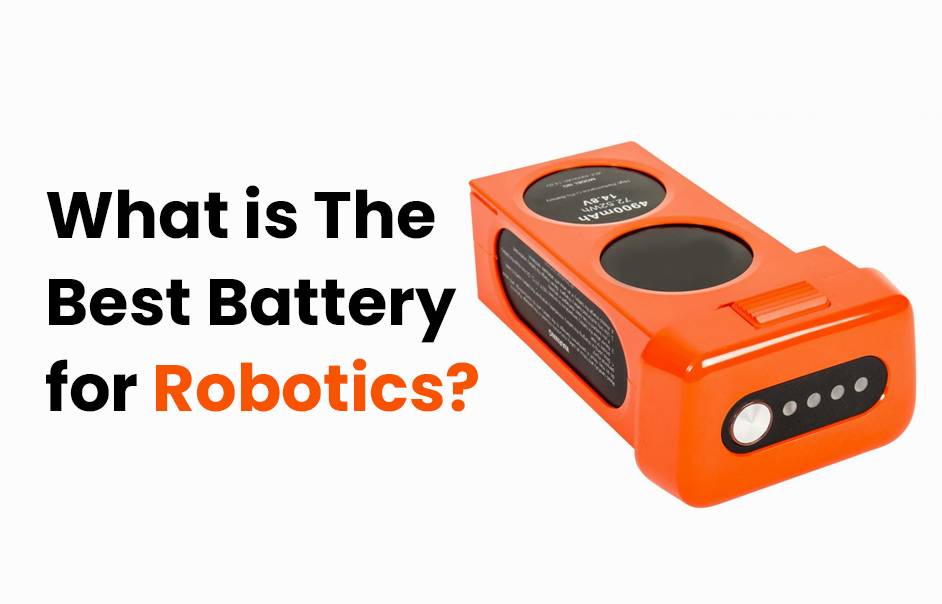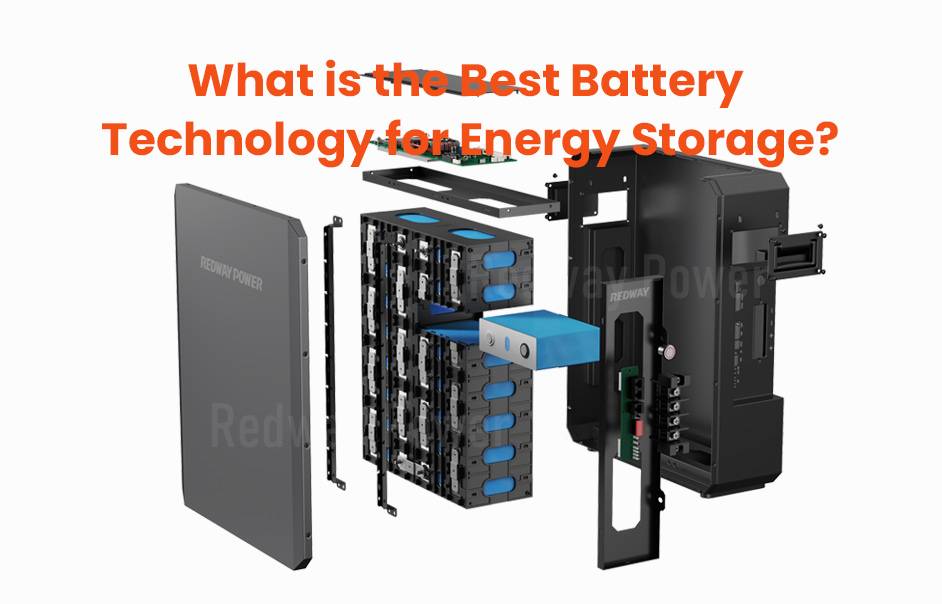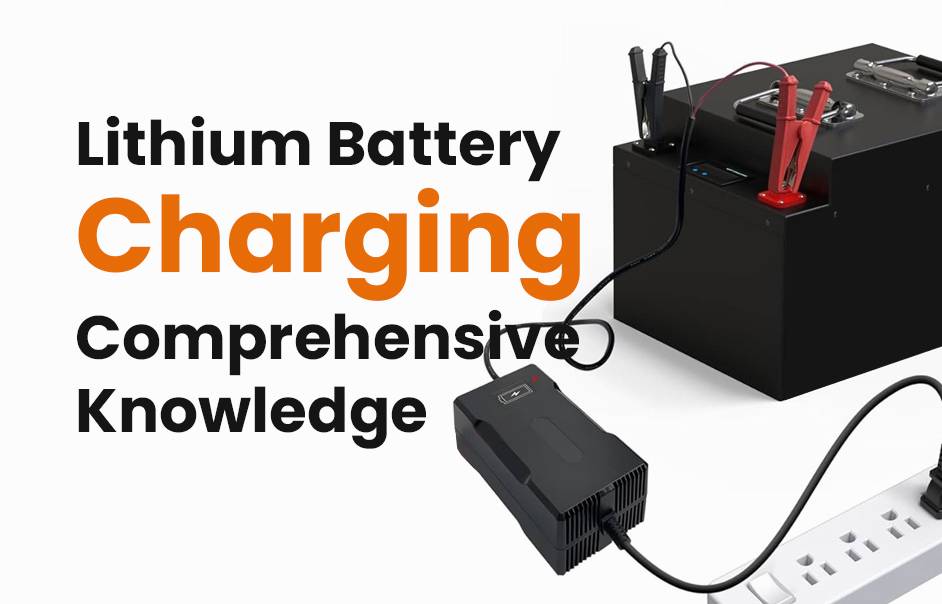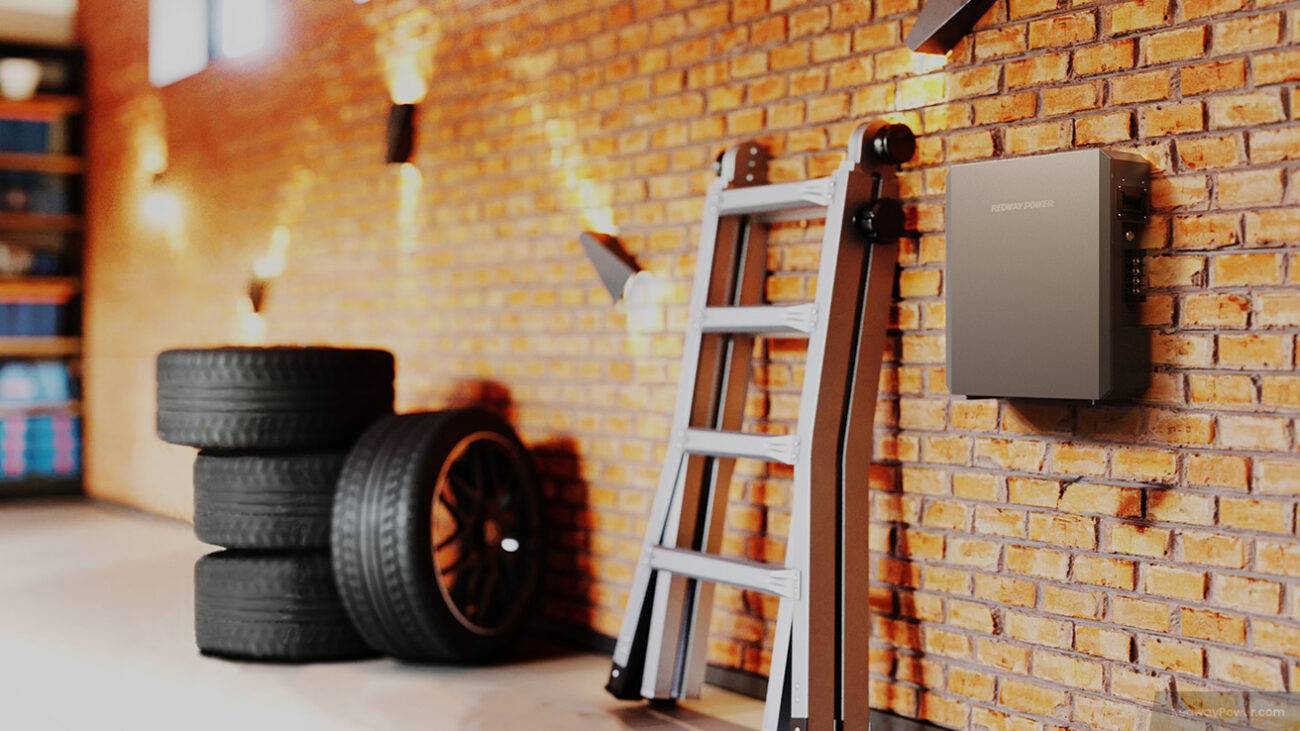
Blog
What Is The Best Battery Type For Energy Storage?
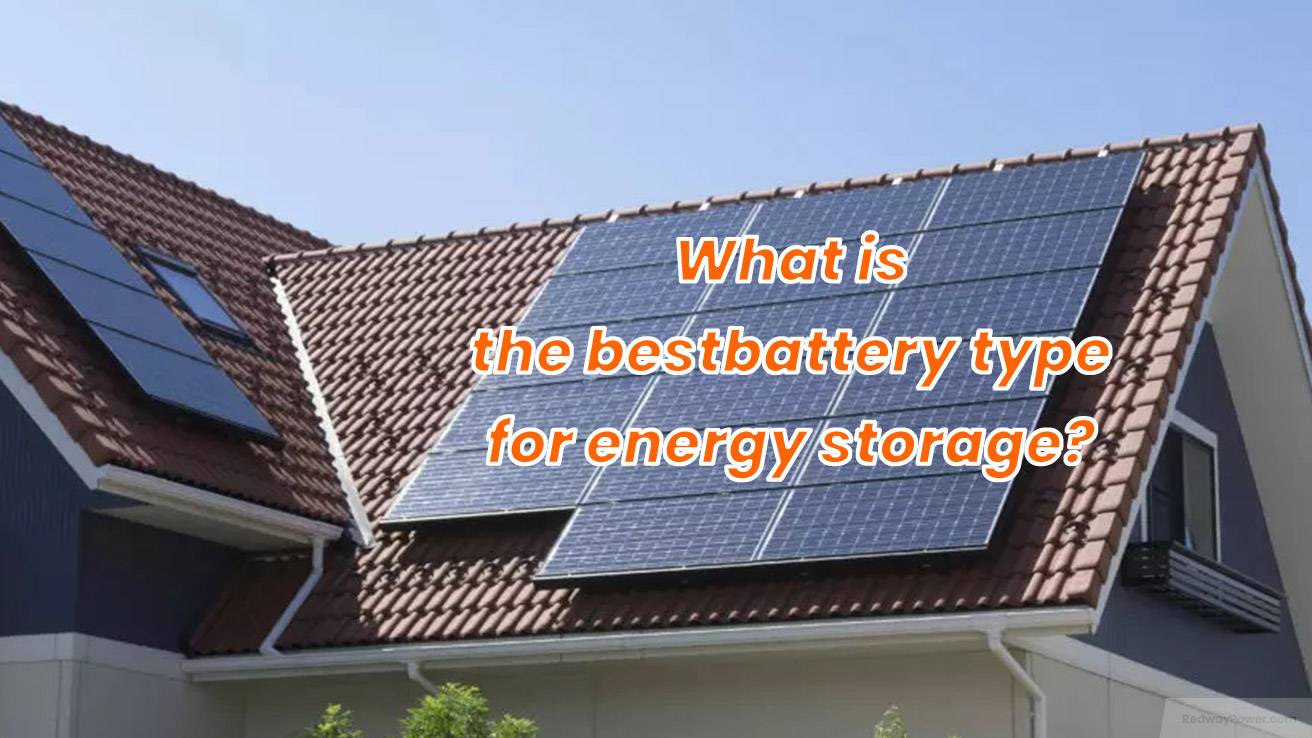
Among various battery types used for energy storage, Lithium Iron Phosphate (LiFePO4 or LFP) batteries stand out as the best balance of safety, lifespan, performance, and cost. They offer high cycle life, thermal stability, and environmental friendliness, making them highly suitable for residential, commercial, and industrial energy storage systems. Other types like lead-acid and flow batteries serve specific needs but often have trade-offs in durability or cost.
What are the most common battery types used for energy storage today?
Common energy storage batteries include Lithium Iron Phosphate (LFP), Lithium Nickel Manganese Cobalt Oxide (NMC), lead-acid, flow, sodium-ion, and lithium titanate (LTO). LFP is favored for safety and longevity, NMC offers higher energy density but shorter cycle life, lead-acid batteries are low-cost but bulky, and flow batteries excel in scalability and long-duration storage at higher upfront costs.
Why are Lithium Iron Phosphate (LFP) batteries considered ideal for energy storage systems?
LFP batteries use iron and phosphate, abundant and less toxic materials, reducing costs and environmental impact. They offer high safety due to low thermal runaway risk, long cycle life (2,000–5,000 cycles or more), and stable performance in various climates. Despite lower energy density compared to some lithium chemistries, their weight and size are less critical in stationary applications, making them cost-efficient and reliable for daily cycling.
How do lead-acid batteries compare to lithium-ion batteries for energy storage?
Lead-acid batteries are cheaper upfront and widely recycled, but have shorter cycle life (300–500 cycles), lower energy density, and require maintenance such as watering. Lithium-ion batteries, including LFP, provide longer lifespan, higher efficiency, faster charging, and deeper discharge capability, leading to better long-term economics despite higher initial investment.
What advantages do flow batteries offer for energy storage applications?
Flow batteries store energy in liquid electrolytes, which can be scaled easily by increasing tank size, making them ideal for large grid-scale and long-duration storage (10+ hours). They offer very long lifespans (up to 25 years) and high cycle counts, with enhanced safety due to non-flammable electrolytes. However, their higher upfront cost and relatively complex maintenance limit residential or small-scale use.
What factors influence choosing the best battery type for a particular energy storage project?
Key considerations include cycle life, energy and power density, safety, cost (both upfront and total ownership), maintenance requirements, environmental impact, and application scale (residential, commercial, grid). Climate and site conditions also impact performance and longevity. LFP batteries generally provide the best overall compromise for most stationary energy storage systems.
How important is battery safety and thermal stability in energy storage systems?
Safety is paramount as batteries store large amounts of energy. LFP batteries feature strong thermal stability with lower risk of fire or thermal runaway compared to other lithium chemistries. Lead-acid batteries are inherently safe chemically but heavier and bulky. Proper battery management systems (BMS) and installation design supplement chemistry advantages to ensure safe operation.
How do cost and lifespan compare among energy storage battery types?
While lead-acid batteries have low initial cost, they require more frequent replacement and maintenance, increasing total cost of ownership. Lithium-ion batteries, especially LFP, have higher upfront costs but longer lifespans and higher cycle counts, resulting in lower costs over time. Flow batteries have high capital expense but excel in very large, long-duration setups with competitive lifetime costs.
How does Redway Power support energy storage with battery technology?
Redway Power specializes in OEM lithium battery pack manufacturing, focusing on lithium iron phosphate chemistry to provide safe, durable, and efficient energy storage solutions. With 13 years of experience and ISO 9001:2015 certification, Redway Power uses advanced MES processes to ensure consistent high quality, tailoring battery capacities and BMS integration to diverse applications from residential solar to telecom and industrial storage.
Chart: Comparison of Battery Types for Energy Storage
| Battery Type | Cycle Life (Approx.) | Energy Density (Wh/kg) | Safety | Cost | Suitable Applications |
|---|---|---|---|---|---|
| Lithium Iron Phosphate (LFP) | 2,000 – 5,000+ cycles | 90 – 120 | High (Stable) | Moderate | Residential, Commercial, Grid |
| Lithium Nickel Manganese Cobalt (NMC) | 1,000 – 2,000 cycles | 150 – 220 | Moderate (Thermal risk) | Higher | EVs, High-density systems |
| Lead-Acid | 300 – 1,000 cycles | 30 – 50 | High | Low | Backup power, Off-grid |
| Flow Batteries | 5,000 – 20,000+ cycles | 20 – 40 | Very high | High | Large-scale grid, Long duration |
| Sodium-Ion | 1,000 – 5,000 cycles | 90 – 130 | Moderate | Moderate | Emerging tech, Grid storage |
Redway Power Expert Views
“At Redway Power, we design and manufacture lithium iron phosphate battery systems optimized for energy storage applications, delivering superior safety, long operational life, and consistent performance under rigorous cycling conditions,” explains a Redway Power battery expert. “Our adherence to ISO 9001:2015 and MES-managed manufacturing ensures each battery pack meets precise specifications required for modern residential, commercial, and utility energy systems.”
Conclusion
Lithium Iron Phosphate (LFP) batteries are widely recognized as the best battery type for energy storage due to their safety, longevity, and cost-effectiveness. While other types like lead-acid and flow batteries serve niche purposes, LFP provides an optimal balance for most stationary storage applications. OEM manufacturers like Redway Power deliver high-quality, customized battery packs that empower efficient, reliable, and sustainable energy storage solutions.
Frequently Asked Questions (FAQ)
Q1: What is the safest battery type for energy storage?
Lithium Iron Phosphate (LFP) batteries are considered the safest due to low thermal runaway risk.
Q2: How long do lithium-ion energy storage batteries last?
Typically, 2,000 to 5,000 cycles for LFP batteries, equating to 10+ years of service.
Q3: Are lead-acid batteries still good for energy storage?
They are affordable but have shorter lifespans and require more maintenance than lithium types.
Q4: What applications are flow batteries best for?
Large-scale, long-duration grid storage where scalability and lifespan are prioritized.
Q5: How does Redway Power ensure energy storage battery quality?
Through ISO-certified manufacturing, MES control systems, and advanced battery management integration.






